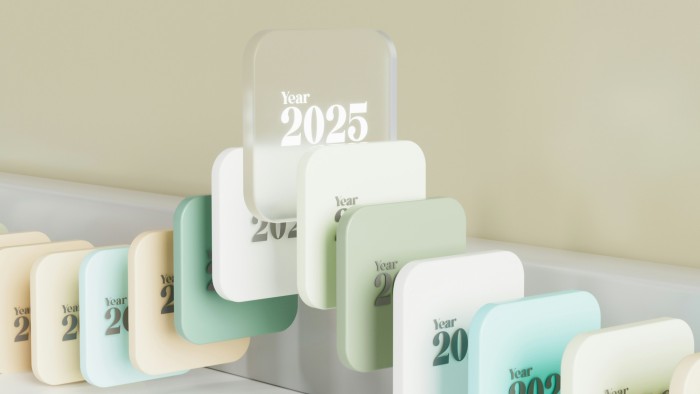UX & UI in movies
UX and UI are widely used when designing digital products, yet we find these two notions in our daily environment. For example on road signs, the placement of buttons on your remote control or even the shape of your teapot. But it doesn't stop there, UX and UI are very often represented in movies.
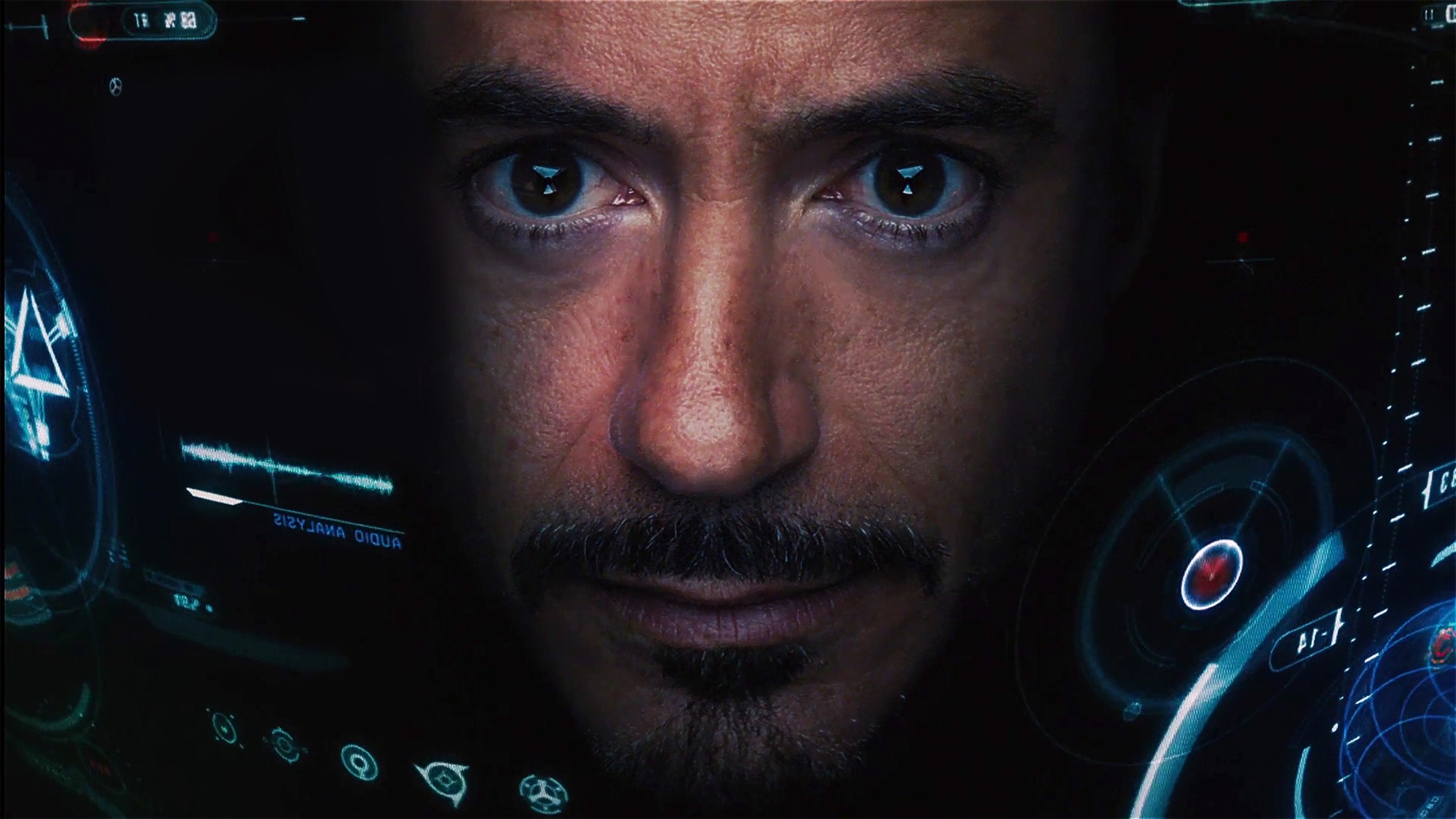
First appearances
UI and at the same time UX appeared quite early in movies, especially science-fiction ones. As early as 1968, in Stanley Kubrick's 2001 - A Space Odyssey, we find so-called "futuristic" interfaces with graphics, 3D representations of objects and voice recognition. While in other productions, actors interact with levers or buttons next to screens with "spaghetti" information like in the first Star Wars.
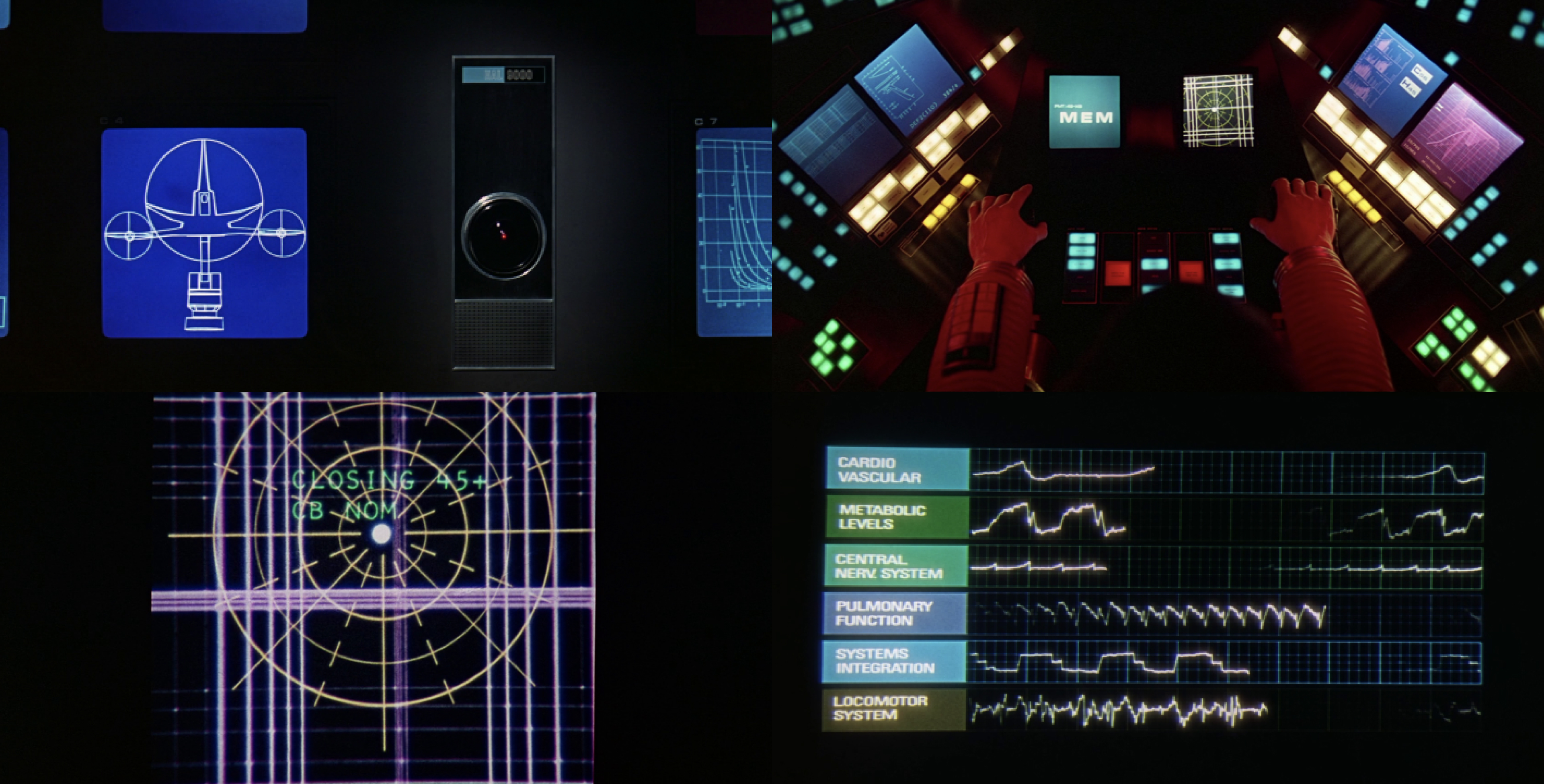
Steroid boosted interfaces
In 2002, while science fiction fans were watching Star Trek, Hackers, The Fifth Element or Matrix and the Mac OS X Jaguar operating system had just been released, a movie turned the codes of human-interface interaction upside down: Minority Report by Steven Spielberg.
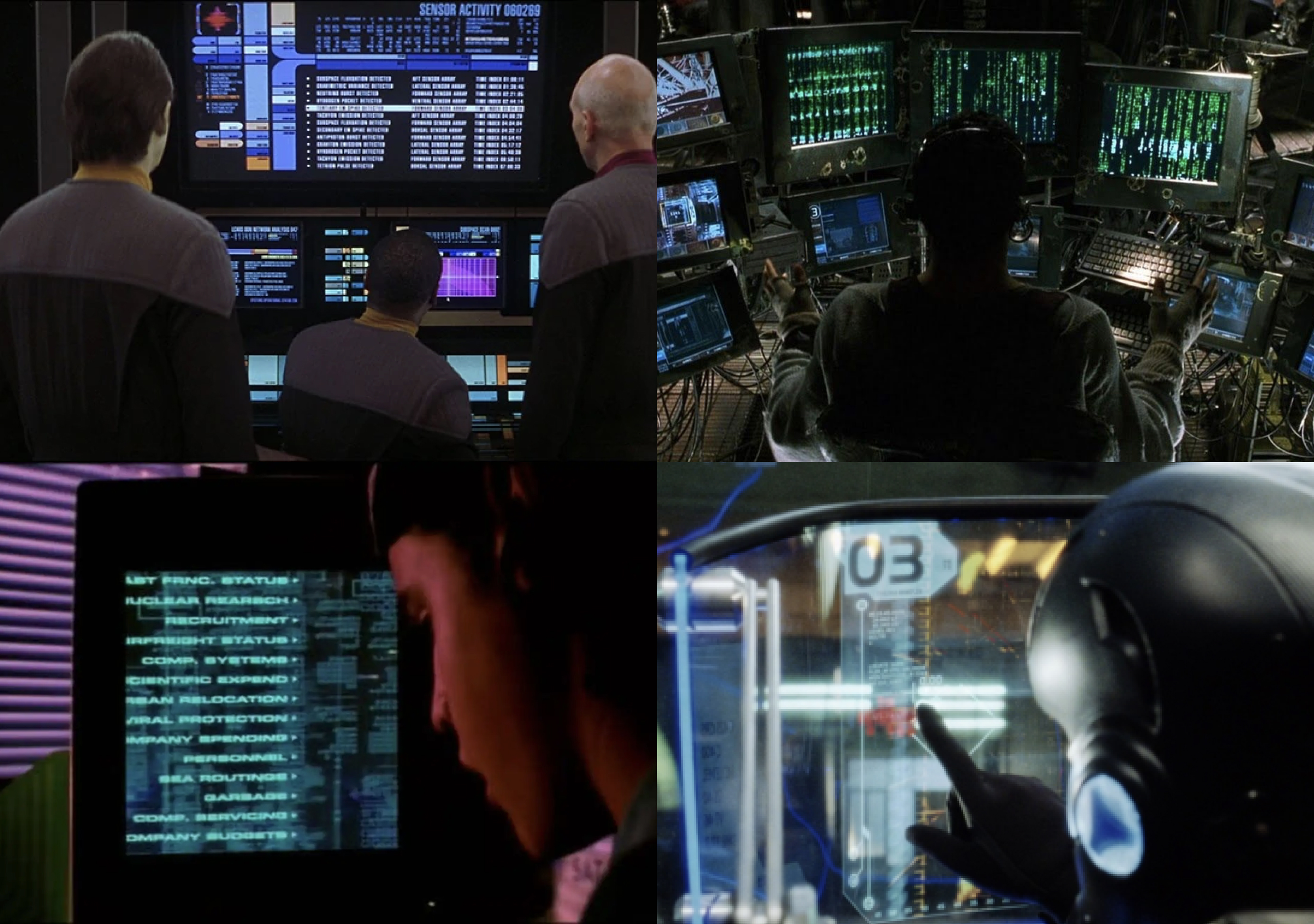

John Underkoffler, lead designer of the film, was looking for interesting and intuitive interactions. He took the exercise so seriously that he created prototype after prototype in collaboration with MIT and thanks to the Luminous Room, a room with a table that reacts to the user's gestures in real time. For him, the mouse, keyboard and buttons had had their day in the world of ultra-futuristic science fiction cinema.
John's work gave rise to motion recognition, connected visors and augmented reality displays in movies. These ideas have undoubtedly inspired more than one designer and director in the years that followed. It's hard to imagine that a series of green lines of text on a black background is now futuristic.
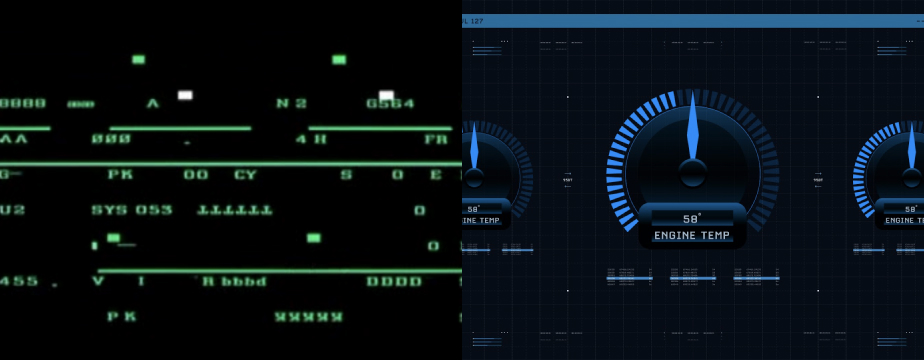
At this point, we have entered a new vision of the future, one that seems to be slowly approaching the current technological reality. It is also the beginning of the over-exaggerated, steroid-boosted interfaces that can be found in most Marvel movies.
.gif)
Reality rules fiction
Credible contemporary interfaces are becoming rare. They do not correspond to reality and focus only on the representation and action on the screen. They are mainly used to give an "expert" or "technical" aspect to the character using it. We would omit some basic user behaviors like... using a mouse to navigate the interface.
You could have the most beautiful design in the world, but if it doesn’t seem to be usable by the actor, how do you expect the viewer to believe it?
Some directors are aware that these new standards set by reality are taking over. That's why it's not unlikely that productions are looking for UX/UI designers to create interfaces or coach actors. We can notice this work on the excellent film Her by Spike Jonze where the interface is so natural and integrated that it blends into the environment. Voice recognition and the use of artificial intelligence are strongly pushed there, the little physical interaction happens via tactile functions.
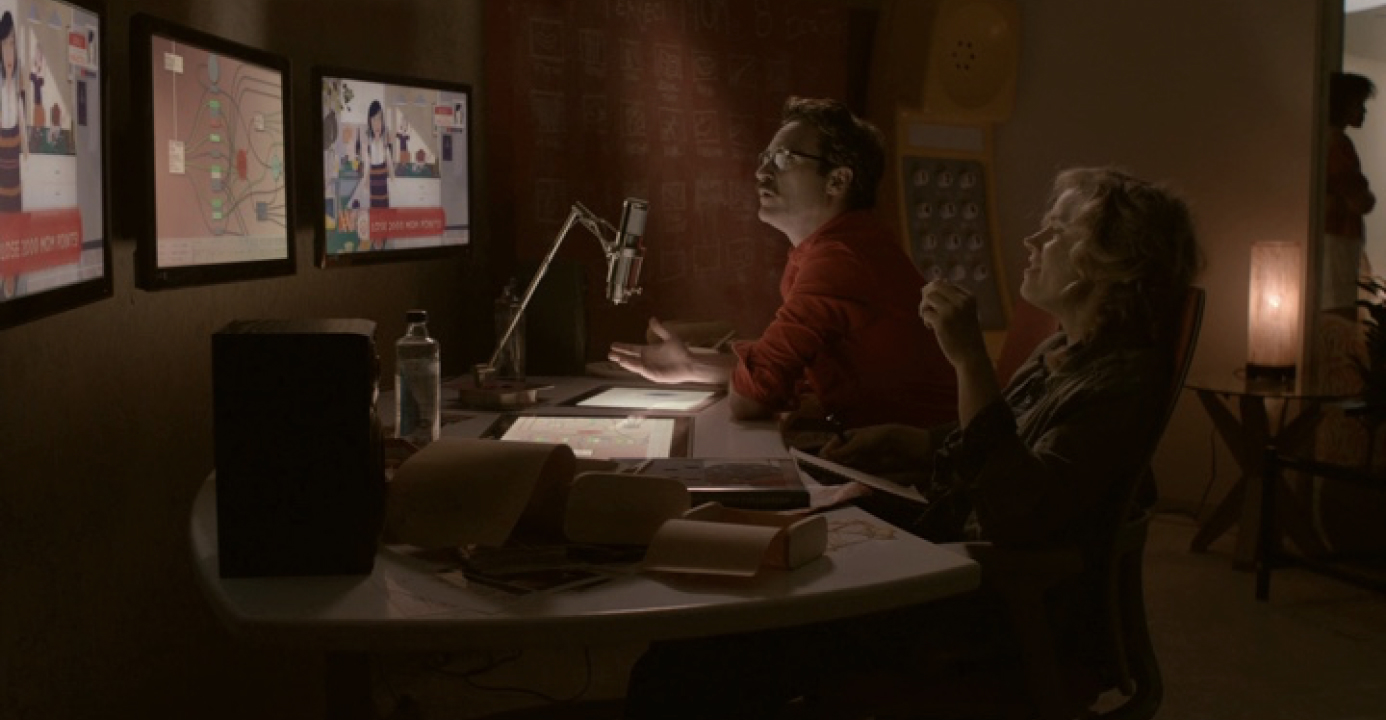
Thus, more and more FUIs (Fictional User Interfaces) meet the same needs as a real product. The screens and interactions are therefore more believable to the viewers, but also to the actors.
When a movie sequel takes place in a different decade, we notice an evolution of the interface, sometimes subtle in order to keep the visual coherence with the era, sometimes totally redesigned.
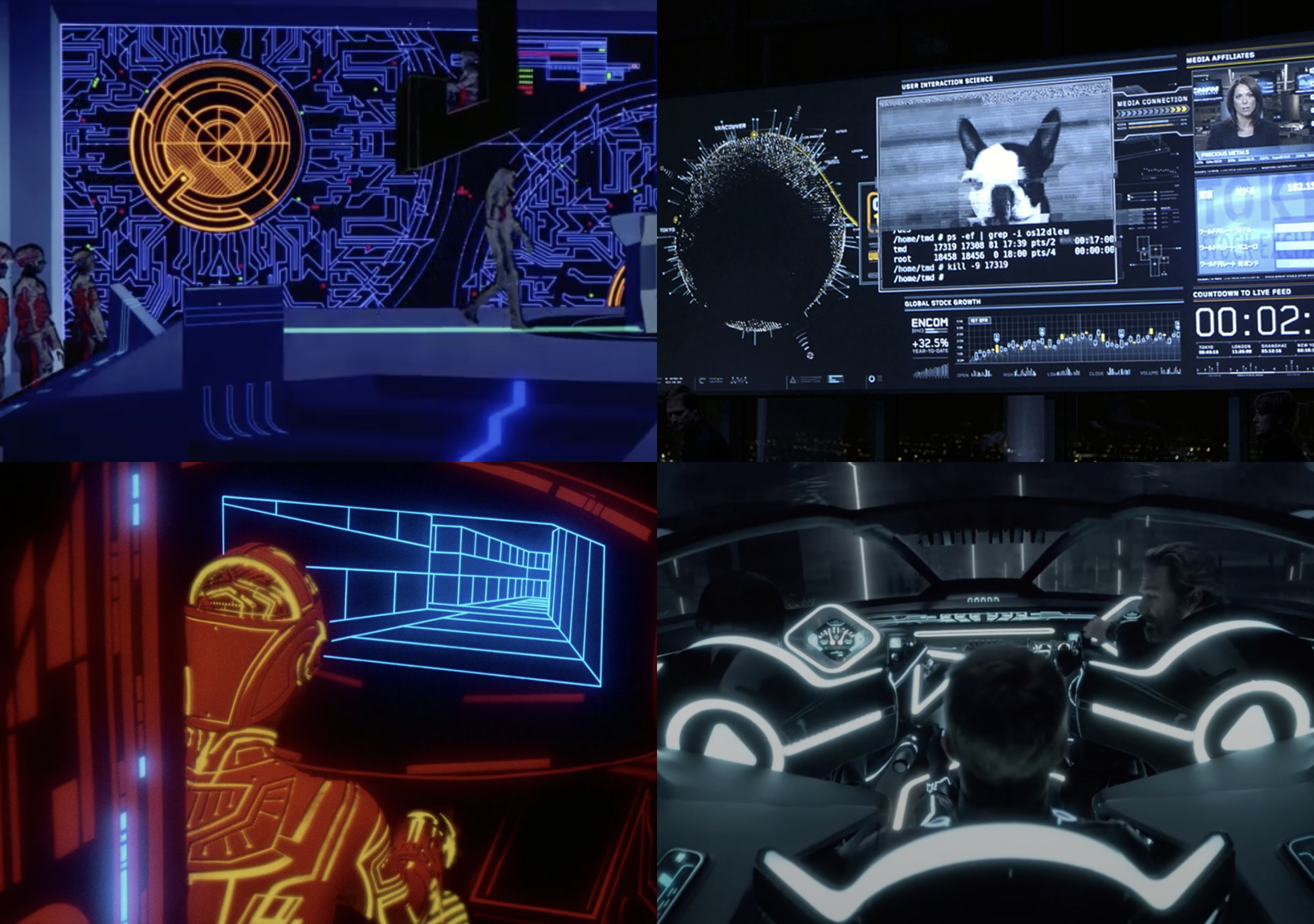
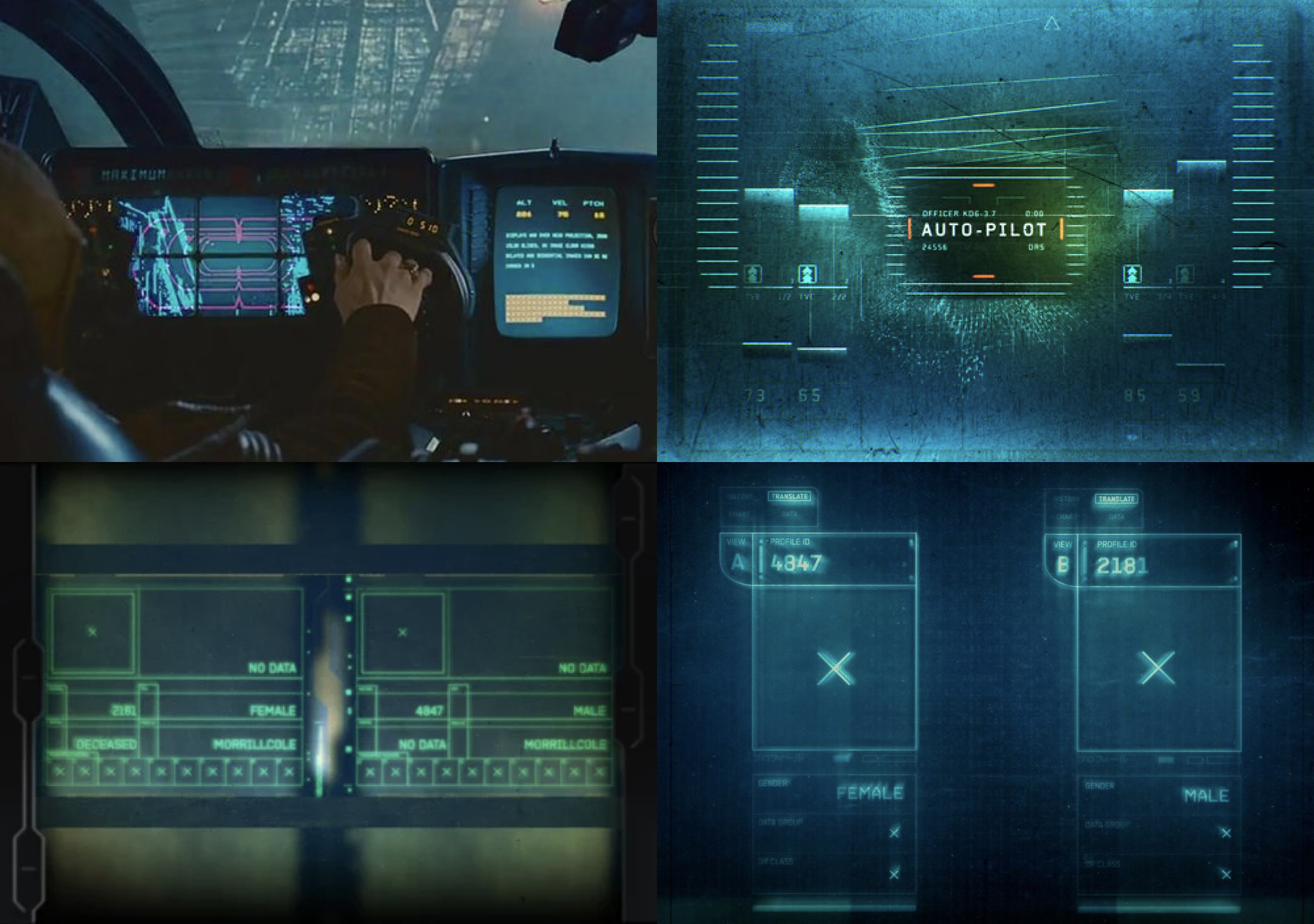
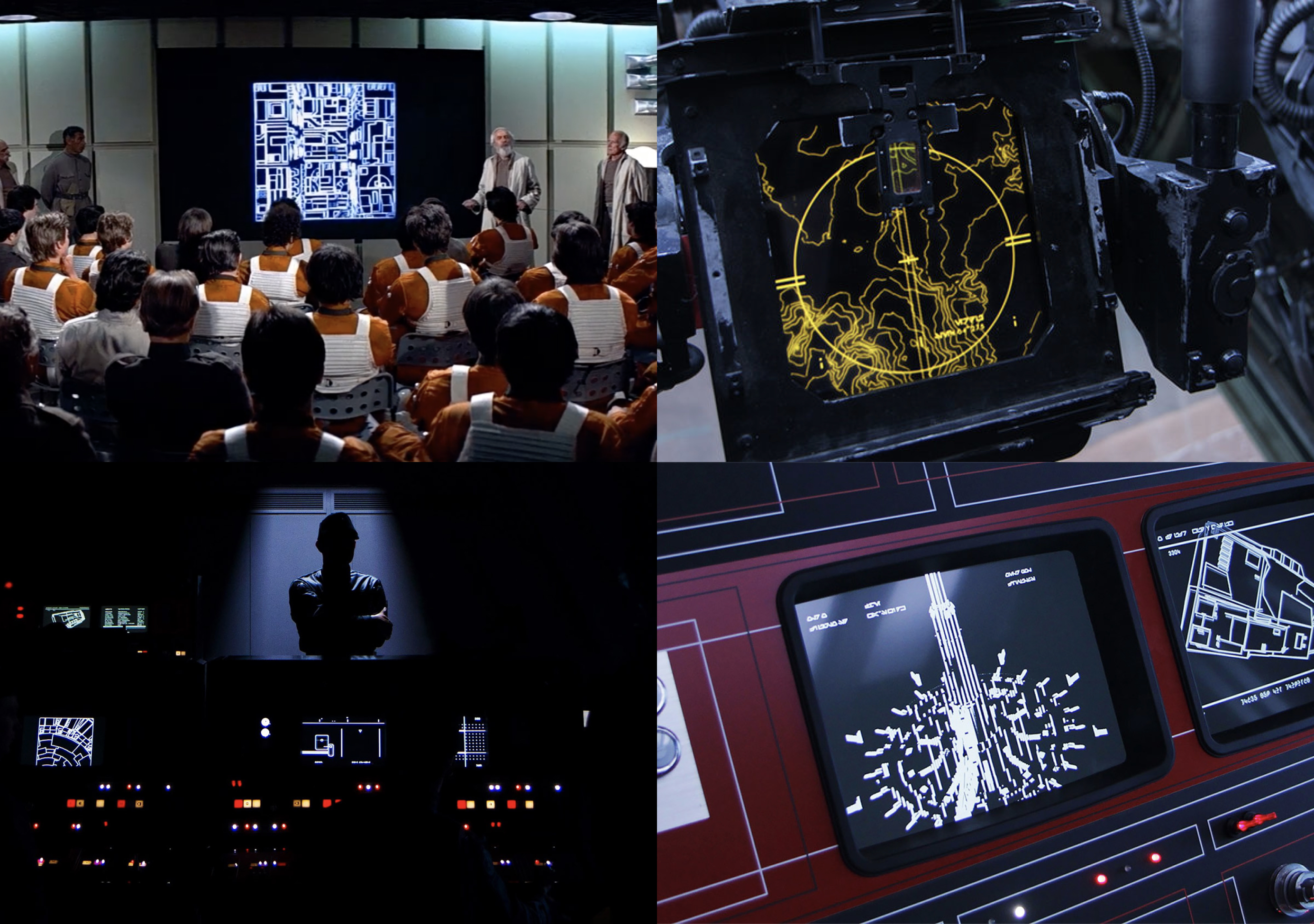
How are these interfaces helpful to a movie?
Interfaces in movies usually cover these features and functions (or more):
- Artificial Intelligence
- Information and statistics (often in augmented reality or holographic)
- Calls / Mails / Messages
- Controllers
- Connection
- Alerts
- Interactive map and satellites
- Onboard assistant
- Scanner
- Identity card
These features or functions can be used to create triggering events to the story such as an alien alert in a spaceship or suspenseful elements with, for example, a progress bar that loads as the main character tries to hack into a company's access. In other cases, two actors can even dialogue, such as an exchange of messages between the heroine and a stranger in a horror movie.
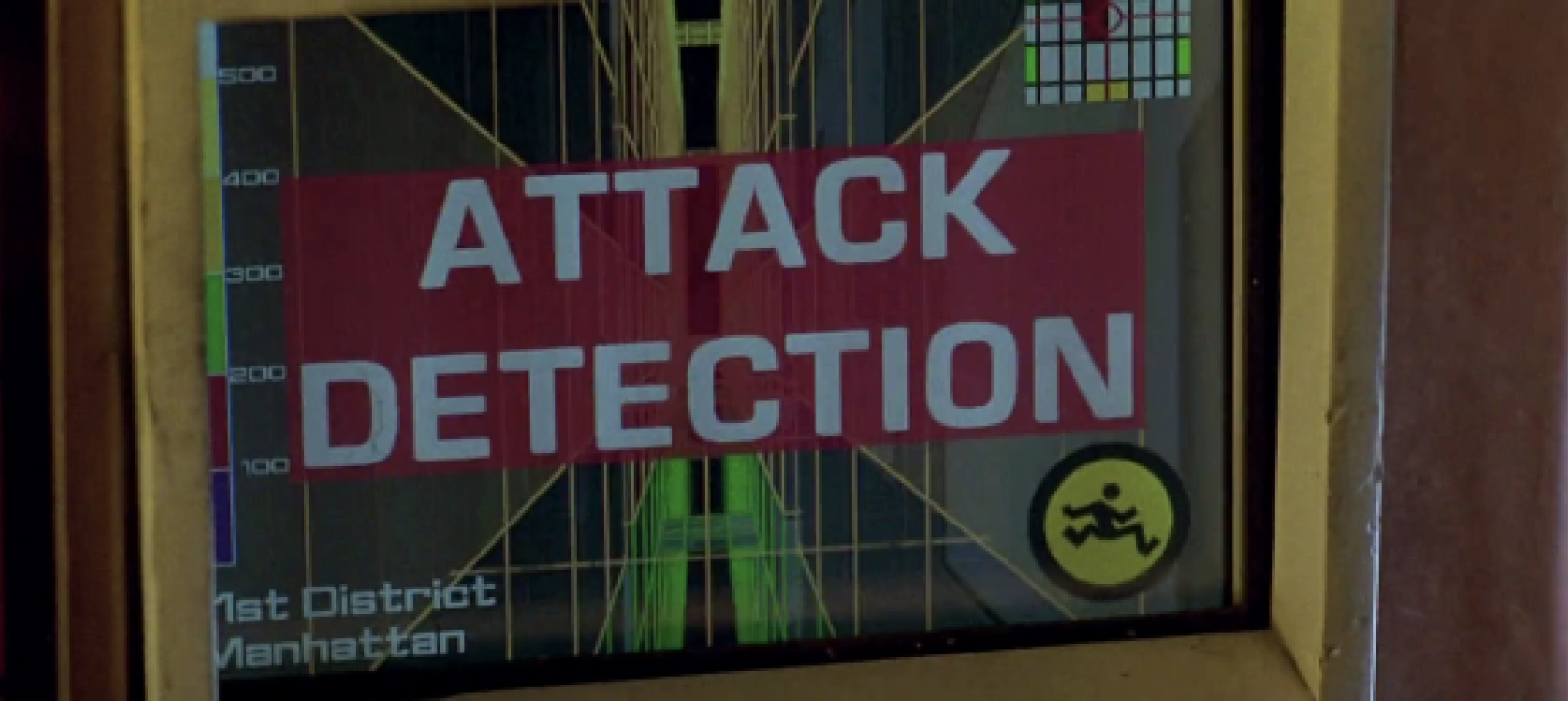
Conclusion
If today our interfaces are not like in the movies, it is for a good reason. Usability. UIFs are boosted projections in ideal worlds where technology is mostly present, unfortunately, they often lack a concrete approach of the user experience. However, in a film, the important thing is not really the accuracy of the elements, but what they tell... or what they don't tell. The idea is to immerse the viewer in another alternative, another world. The reality of today's interfaces can sometimes be depressing, thus missing the director's intention.
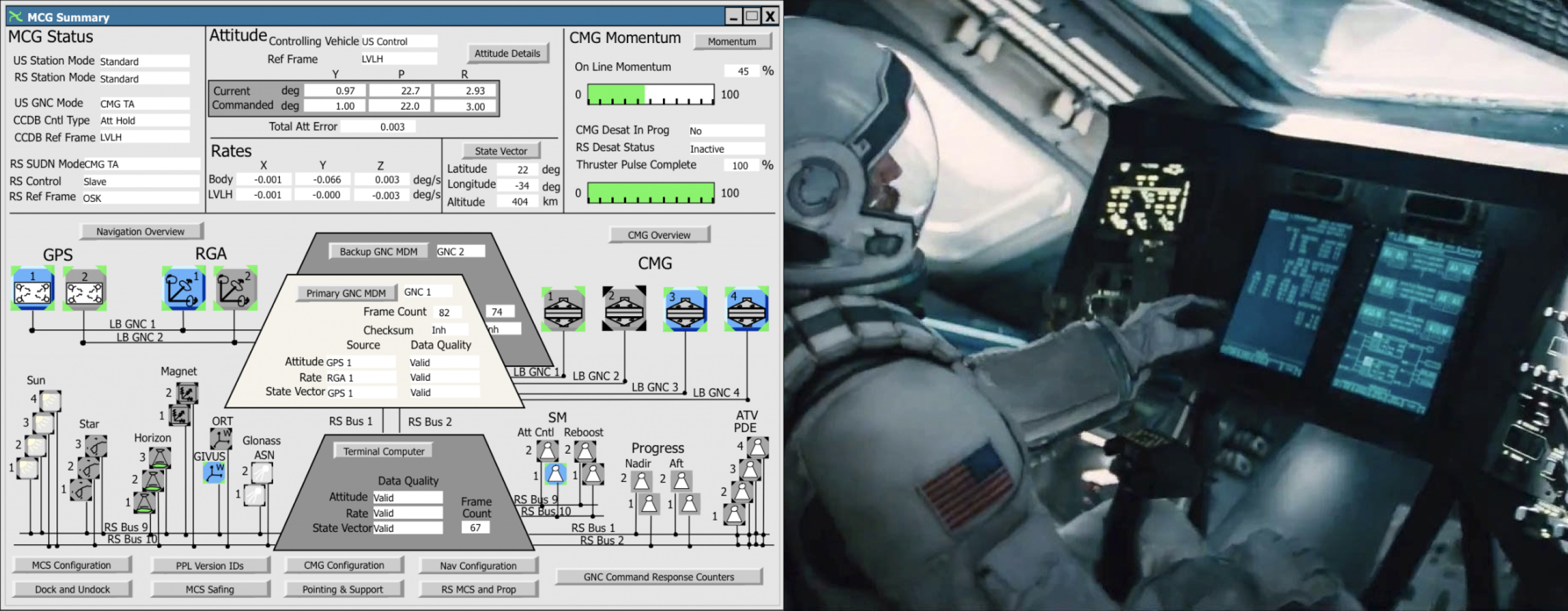
This did not prevent Apple from being inspired by Her for Siri or SpaceX from Interstellar for the onboard interfaces of their rockets!

